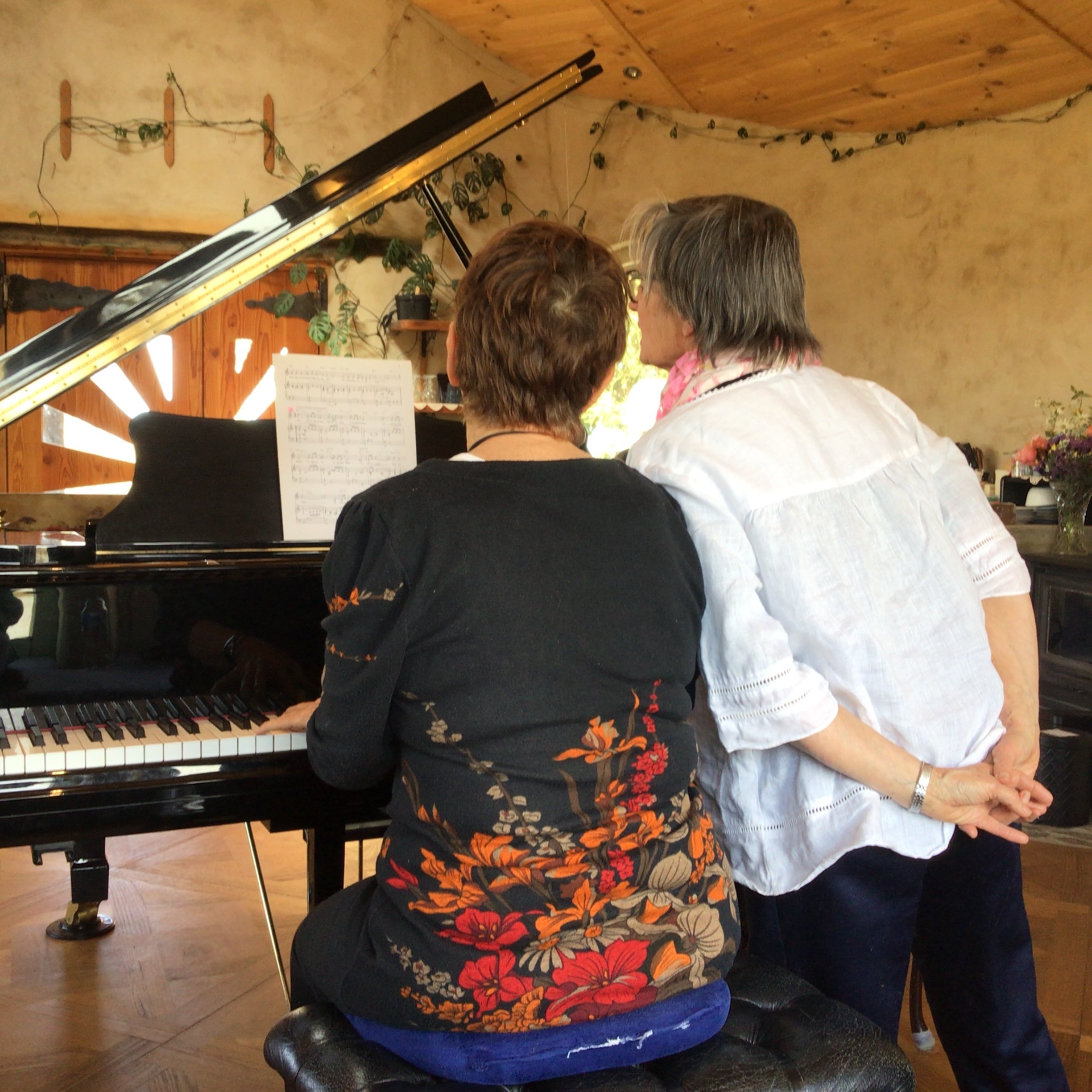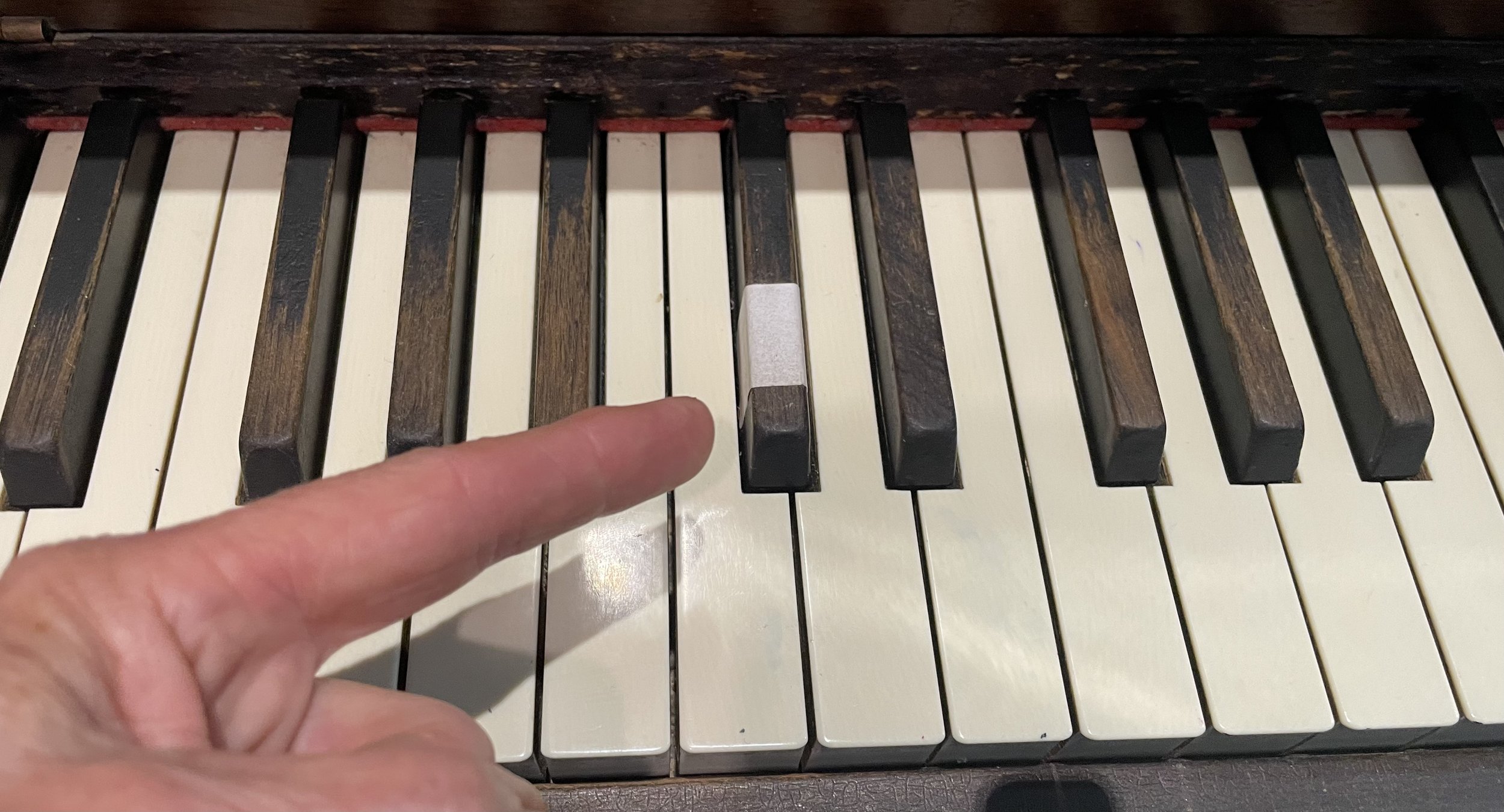Our Studio Policy
Thank you for taking responsibility for our ongoing communication by reading this document carefully before you start, so that we can enjoy our music and save time and/or misunderstandings. I really appreciate it.
Achieving these results requires an above-average commitment from students, teachers and parents. This includes parents attending lessons and being available during practice time. It is not a “try it out” program. Retaining music as a life-long companion for beginners takes several years.
Commitments
I, (the teacher) promise to:
Be timely
Conduct myself in a professional and courteous manner
Always do my best to create and maintain a fun and productive environment for learning, and
Be responsive and helpful
Students also make commitments – this document is intended to explain them. Your agreement/compliance with the policies will be signed early in the new year.
Requirements
HOME PRACTICE
Students will be expected to maintain a schedule of regular and consistent practice throughout each week. Generally, this means 10 to 30 minutes per day depending on experience/age, 5-6 days per week, at the same time of day. Off instrument incidental work, and ‘pick up/ put down work’ is highly recommended for optimal learning.
KEEPING YOUR PLAYLIST ALIVE
Students must maintain their playlist, both the repertoire itself as well as the tracking chart (marking as you practice).
JUST BEFORE YOUR LESSON
• You are asked to enter five (5) minutes early with playlist at the ready and at the finish.
• Exit the building quietly as the next lesson begins.
• For violin students – a tuning up area is available.
ELECTRONIC DEVICE ETIQUETTE
All mobile phones on ‘silent’ before the lesson begins please.
ADVANCED NOTICE OF AN ABSENCE
Via email or phone is appreciated for effective running of the teaching day.
A text is good (+61) 0408 103 194.
A Tip for Great Home Learning… obtain a whiteboard with coloured markers… it’s very useful during lessons!
INSTRUMENTAL MUSIC EVENTS/RECITALS
All students are part of and commit to attending events run by this studio. Online gatherings, piano parties, home gatherings, busking, playing random pianos at airports, family gatherings etc. are all examples. Confidence in the sharing of music is gently nurtured this way.
Learning online does not preclude electronic attendance at local events and online students typically take an above average responsibility for organizing social playing in their own extended family and community. For example, I have a student who regularly phones all siblings on their birthday and plays and sings Happy Birthday. The recipient is often chuffed!
Our Studio Policy is a live document. The policies are amended every year as the Unmani Music Studio grows and changes. The main principles, as set out above however, will never change.
ONLINE LEARNING
Setting up for Online Learning
Online lessons done well have many advantages. One huge one is the avoidance of navigating traffic to get to and from the teacher’s studio. This saving on petrol and travel time is huge. There is always a balance. Below is what is required to learn in the comfort and familiarity of your own home.
HOME SETUP
Online lessons can crash at any moment with the vagaries of the internet, so every second is absolutely precious. See below for handling a drop in internet speed.
YOUR ONLINE LEARNING SPACE
The student needs to have everything required within arm’s reach, (see the diagram above) in an organised fashion and ready for any assignment that is being taught or comes up during a session e.g., accompaniment, playlist, reference books printed and stored in their own appropriate folder/area. This is like a well-organised artist’s studio.
Piano students please read about the curriculum in detail in www.simplymusic.com/students/ so that you are familiar with the entire Simply Music journey.
THE DO’S & DON’TS FOR IN-HOME LESSONS
Because the teacher, in essence is ‘in your home’, it is easy to become used to everything being domestically ‘normalised’ to the usual noises and visuals of the comings and goings of the family, with the face of the teacher on a screen in the corner just like it’s a movie or YouTube someone is watching. However, you need to imagine you are setting up a mini ‘studio’/workspace… so that privacy and quiet are the norm and Unmani is your guest in the space.
AVOID INSTRUMENT SETUP IN FAMILY/COMMUNAL SPACES
A quiet bedroom or room, with one entry point is much better.
The Simply Music method states that you are being ‘shown how to cook from the master chef’ at the lesson. YOU do the cooking at home – i.e., the actual practice is done daily at the pre agreed practice time in your well organised space. That way we move on faster and learn thoroughly no matter what your instrument or method.
THE FOLLOWING LEARNING MATERIALS NEED TO BE IN PLACE ALL WEEK
Setting up just before the lesson or just as you are signing in is too late. Everything needs to be at hand, both printed materials, music stands and online capacities.
1. MIDDLE C# MARKER
See pic below. For many reasons it is required that you have a white sticker permanently on middle C#. Please replace the sticker when it falls off or gets ragged.
2. STANDING / SITTING
Pianists - have your bench/stool at the correct distance and alignment to the piano for optimal technique and playing comfort. Watch this video for detailed information.
Violinists and other stringed instruments – have your music stand ready, and have a place to lay your instrument down quickly and carefully for off instrument music processing. The stand needs to be at an angle to the screen so that Unmani can see your all-important technique on your instrument.
3. MARKERS & MATERIALS
Markers such as grey leads, highlighters, sharpies and a small personal whiteboard with its own appropriate markers and eraser must be in a set place all week with no ‘borrowing’ of materials or interference from random two years olds or other household members
4. PIANISTS
The Current Foundation piece reference diagram and playlist stays put on the stand PERMANENTLY!
For music readers – the current foundation music is also within eye range.
Other Musicians – your current materials open and at hand also.
Online Learning
A more detailed document regarding online protocols and technological setup will be sent to you as lessons begin.
5. THE PARENT IN CHARGE
The role of the ‘love coach’/parent/guardian – which is to support the lessons as shown by the teacher – is amplified in online lessons. You are the guardians of the learning space in your home, both physically and aurally. You also support the session technically and the learning in fun ways so the new information and skills ‘stick’. In Simply Music live lessons, for example the teacher uses the sense of touch—a powerful tool—online we still use it, often with the help of the parent.
As the child grows you are less and less ‘hands on’ but you are required to be within earshot so you ALWAYS KNOW WHAT IS GOING ON even if no comment interchange is required. (It is amazing how often at the start of a lesson I might ask a 12 year old how their week has been and the child says OK and the mum says ’you were elected class captain’ or something equally wonderful that is deserving of congratulations!)
6. SOUND
Unwanted sound might be barking dogs, siblings, both older and younger running through the space and distracting, clanging in the background such as someone stacking the dishwasher, phones ringing and being answered. Please mute your phone before the lesson begins if you are supporting in the same room as the student. Zoom seems to amplify particular background noises.
7. PETS
They are a brilliant for many reasons, are often used in the music lesson as inspirations for compositions and also for their general companionship as we all know.
Child students – keep pets out of your studio during lesson time please.
Solo living adult/student companion animals – ensure they are not ‘barking at the postman’ etc. and kept quiet and still for the lesson. Thanks
What to do if we Have Internet Issues
Communicating in your lesson can proceed easily through the blips if we know what to do using the following step by step instructions.
1. You see a ‘internet is unstable’ and /or the audio/video is glitching or lagging. POUNCE straight away by turning the video off on the Zoom screen. (A lot of bandwidth is used up with the video function.) Then turn on the video function in Zoom again after a few moments. No discussion is required. Just do it.
2.If the internet drops out altogether have your phone ready - telephone 03 5359 6246 (Australian students). Write this number down and place it on your Pinboard for quick reference.
The visuals ‘might’ return. We can continue the lesson using the phone line and Zoom - just mute the audio so that the video can be seen - even though it maybe delayed, it’s a back up to the telephone communication.
I have a student in her 60’s who has for many years with a very occasional live lesson learnt on the phone only. She is up to FDN 7 now and loves her piano!
Signing-in Instructions
1. Plan to connect 10 minutes prior to the start of your lesson time.
2. Go to the Zoom app on your smart phone or tablet which will be mounted above the keyboard, and join the meeting room details and password supplied by your teacher.
3. Tap ‘More’ on the device (… 3 dots) and select ‘Disconnect Audio’ (you will use audio on the other device ONLY - the one that you are speaking to).
4. Mount the phone or tablet above the keyboard and orient it so the keyboard appears right-side up. You will need to lock the rotation of the screen for this to work.
5. Go to the Zoom app (or website - https://www.zoom.us) from your second device and join the same meeting.
6. Position the second device (phone/iPad/Tablet/Laptop/çomputer) on or near your piano/keyboard and position so your face appears on the screen.
7. Keep your phone handy for point 2 above.
8. Be ready to adjust ‘original sound’ on Zoom according to teacher/coach feedback.
Fun Stuff!
An excellent nonverbal trick is the good old parent “thumbs up” in the background when a point is made. A quick non-verbal moment between adults is often unknown to the kids!
The children love saying goodbye to the teacher at the end of the lesson using the ‘react’ visuals. love hearts etc. floating upwards.
All Done?
Let Unmani know when all the above are in place (also if you have questions)… then we are ready to begin!!
NOTE: At her discretion, Unmani may need to close the lesson if, after gentle reminders, the above guidelines are not in place, particularly crucial is the sound aspect. Thank you.




